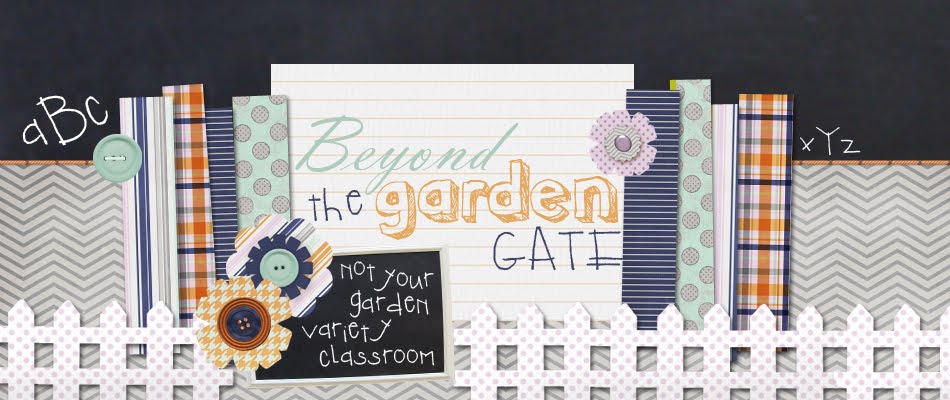In his book, John Wooden uses a magic whistle to transport the character, as they meet new friends that teach them each of the building blocks that create the Pyramid of Success.
Rather than read this picture book in one sitting, I have read them the adventures one day at a time. The first character they meet along their journey is an ant, who teaches Inch and Miles about hard work. I have had each student create their own pocketbook, and each day we add the poem from the book to the front of a new pocket and then the students create two different charts.
The first chart I call an Eye/Ear chart. The students make two columns, the first has an eye at the top and the second has an ear at the top. We brainstorm as a class first, then the students add as many items as they can to demonstrate what hard work looks like, and what hard work sounds like. I tell them to think about working in small groups - what would I see if their group is working hard, and what would I hear them saying. I stress that I want what they will be saying, not what they won't be saying. After they do these independently I either have them share with their elbow partner, or we discuss them as a whole class.
The second chart is a Character Map. They draw each new character that Inch and Miles meet in the center and then find at least five character traits that this character has demonstrated. (Common Core - gotta get in many different standards and skills!!!) I notice that they start using the word from the other building blocks as we continue through the book. (Not because they are being lazy, but because these words do apply and they are incorporating new terms into their working vocabulary) At the bottom of this page, I have them write a paragraph about what Inch and Miles have learned from this character.
There are 15 blocks in the pyramid and we don't get to this every day, so it is taking awhile. In the meantime, we have begun working on our Continent Twister game boards in small groups. What amazes me is that I see these skills transferring to their group projects. I hear them using the words with each other, and if I do need to talk to a student or a group I simply ask them if they think that I am seeing cooperation or self-control. They really understand the skills and redirect immediately!
I highly recommend this book, if you haven't already tried it with your class!
It is well worth the investment!
Shari













